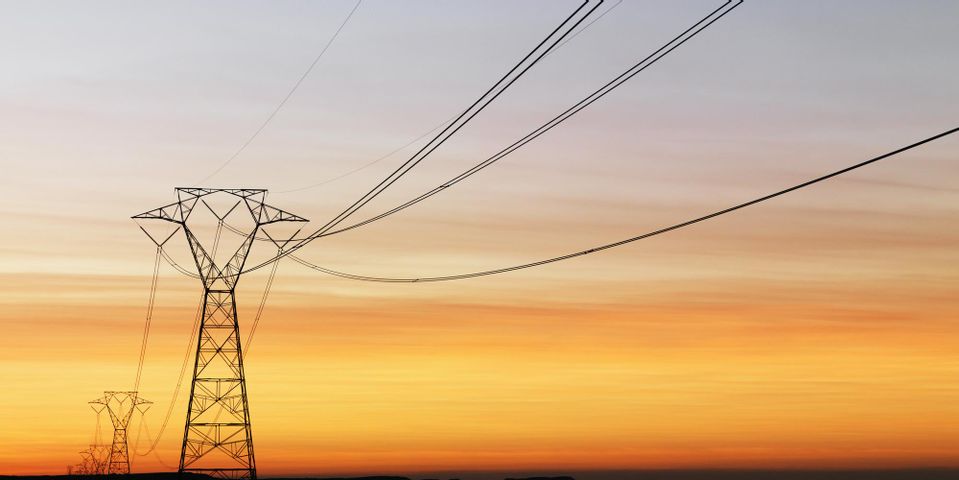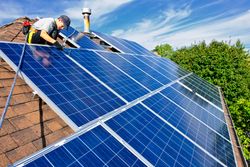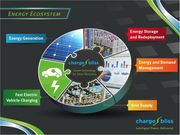
When extreme weather conditions create a high risk of wildfires, the California Public Utilities Commission (CPUC) may enact what’s known as a public safety power shutoff (PSPS). During a PSPS event, electricity is temporarily turned off to prevent components like power lines from igniting if they’re knocked down and damaged. Below is some basic information about these preventative measures and how solar energy storage can help you prepare for them.
What Constitutes a PSPS?
Also referred to as de-energization, a PSPS may be enacted when factors such as record-high temperatures, extreme dryness, and severe winds threaten the safety of the electric system. The CPUC is also likely to impose a PSPS when a red flag warning is issued by the National Weather Service.
While most electricity companies will do their best to notify customers ahead of a PSPS event (typically via email, text, or phone), there’s always a chance the sudden onset of extreme weather will make advance notice impossible.
Benefits of Solar Energy Storage During a PSPS
 Because solar panels are connected to the electric grid, the solar energy system requires power to operate. When you connect a battery to the system, it stores the extra solar energy produced during peak sunlight hours. If the electricity is shut off as a result of a PSPS, the battery will continue to provide you with power. Battery storage can also save you money by enabling you to use less energy from the grid during peak hours when utility rates are most expensive.
Because solar panels are connected to the electric grid, the solar energy system requires power to operate. When you connect a battery to the system, it stores the extra solar energy produced during peak sunlight hours. If the electricity is shut off as a result of a PSPS, the battery will continue to provide you with power. Battery storage can also save you money by enabling you to use less energy from the grid during peak hours when utility rates are most expensive.
For more information about electricity shutoffs, solar power, battery storage, and other alternative energy sources, get in touch with Charge Bliss in Lake Forest, CA. They offer companies a wide variety of sustainable energy solutions, from premium fuel cell technology and LED lighting to energy-efficient HVAC configurations and electric vehicle charging stations. Visit their website or call (844) 321-4909 to learn more about what they can provide for your business.
About the Business
Have a question? Ask the experts!
Send your question

